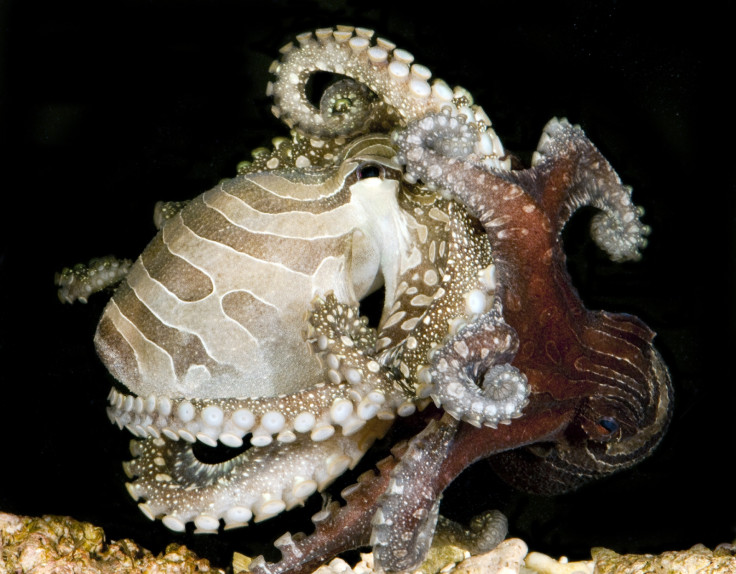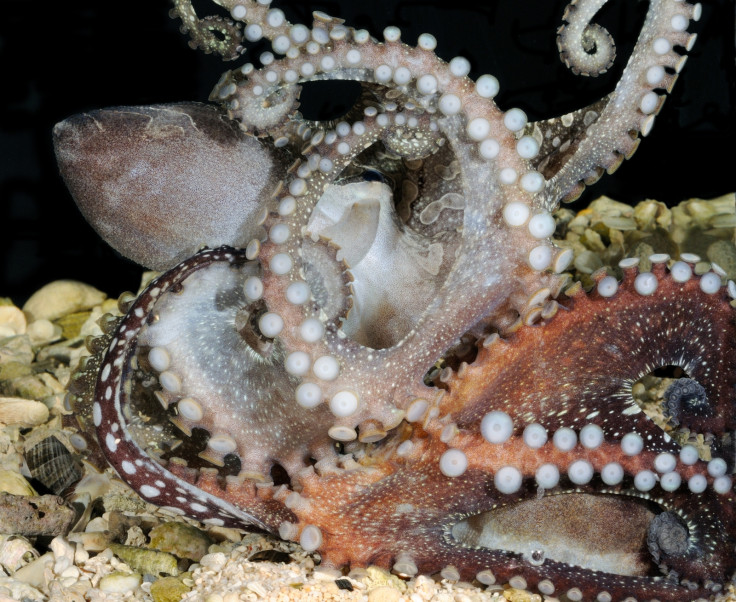Pacific striped octopus has weirdly intimate sex

The unconventional mating habits of the Pacific striped octopus has been observed for the first time, with the species having surprisingly intimate sex. The little-known species has confounded scientists for decades. It was first observed over 40 years ago, yet is still to be described formally.
In the 1970s, Arcadio Rodaniche recorded the species' appearance along with its unusual behaviours – but his observations were so bizarre, they were largely ignored and for decades were unstudied. However, a team of scientists – including Rodaniche – has now published a multi-year behavioural study of the Pacific striped octopus's behaviour in the journal PLOS One.
Most octopus species are thought to live solitary lives. Females have a reputation for eating the males, so when they mate, the male tends to stay as far away from their partner's mouth as possible. Extreme aggression is also commonly observed.
Much to the surprise of the scientists, though, the Pacific striped octopus appears to have very intimate sex. Pairs were found to come together in a beak-to-beak and sucker-to-sucker position – completely different to other octopus species where male transfers sperm packets to the female from a safe distance. The Pacific striped octopus mates were also seen feeding in this unique position, allowing them to share meals and a den for days.

Furthermore, females were found to lay many clutches of eggs over the course of their adult lives. In captivity, they were also seen continuing to feed and mate. Females of other species normally die after producing a single clutch of eggs, starving to death while guarding her eggs, waiting for them to hatch. The scientists believe this behaviour is unique to the Pacific striped octopus.
Richard Ross, senior aquarium biologist and cephalopod expert from the California Academy of Sciences, said: "Personally observing and recording the incredibly unique cohabitation, hunting, and mating behaviours of this fascinating octopus was beyond exciting – almost like watching cryptozoology turn into real-life zoology. It reminds us how much we still have to learn about the mysterious world of cephalopods."
Roy Caldwell, of UC Berkeley, added: "The next step to understanding the unique behaviours found in the larger Pacific striped octopus will be to observe groups in their natural habitat. Only by observing the context in which these behaviours occur in the wild can we begin to piece together how this octopus has evolved behaviours so radically different from what occurs in most other species of octopus."
© Copyright IBTimes 2024. All rights reserved.






